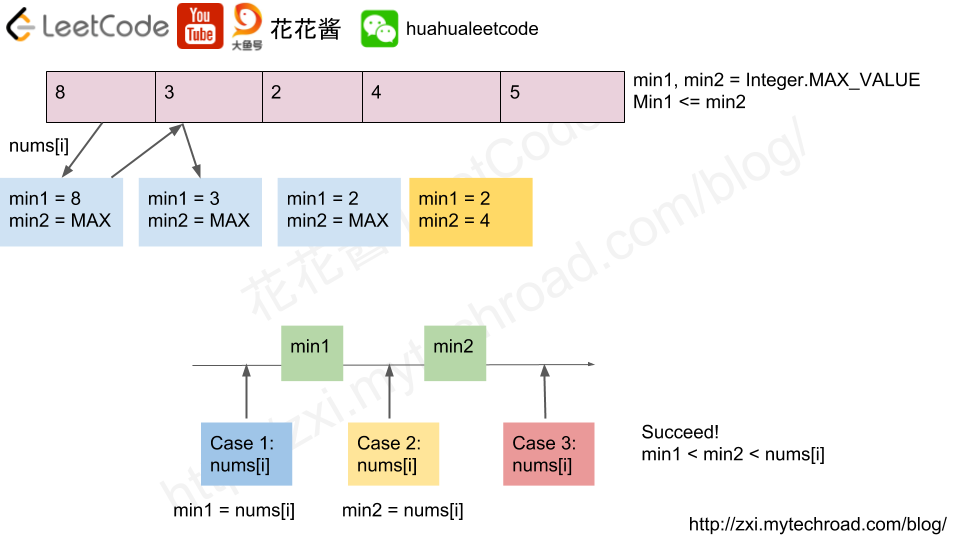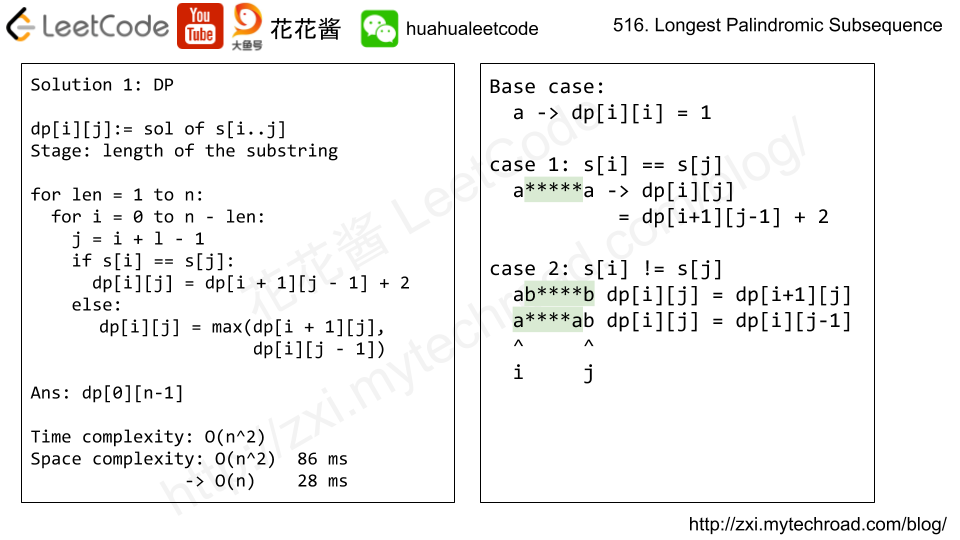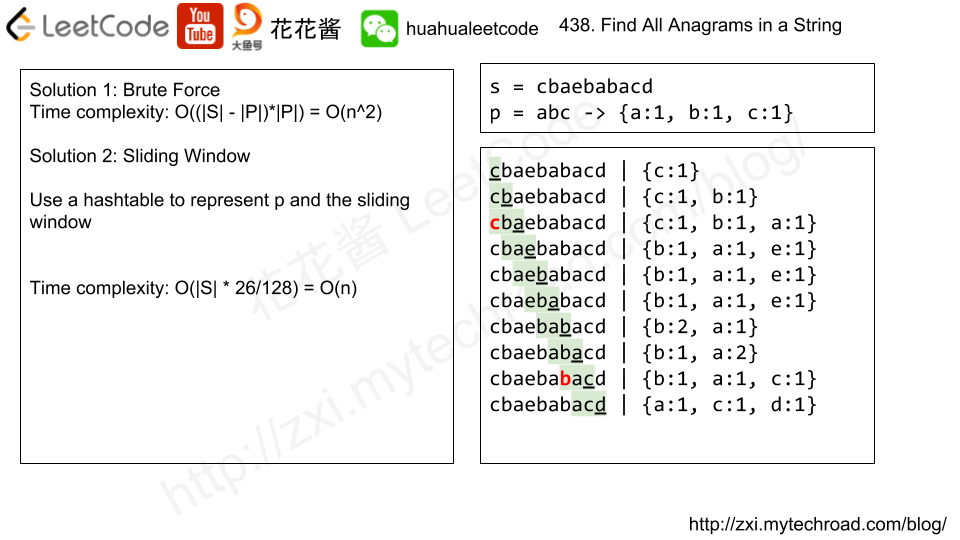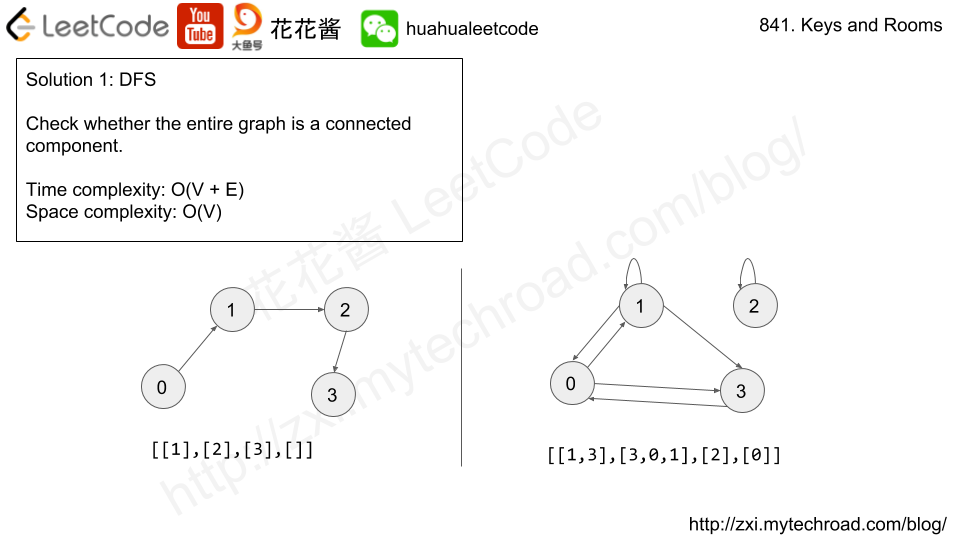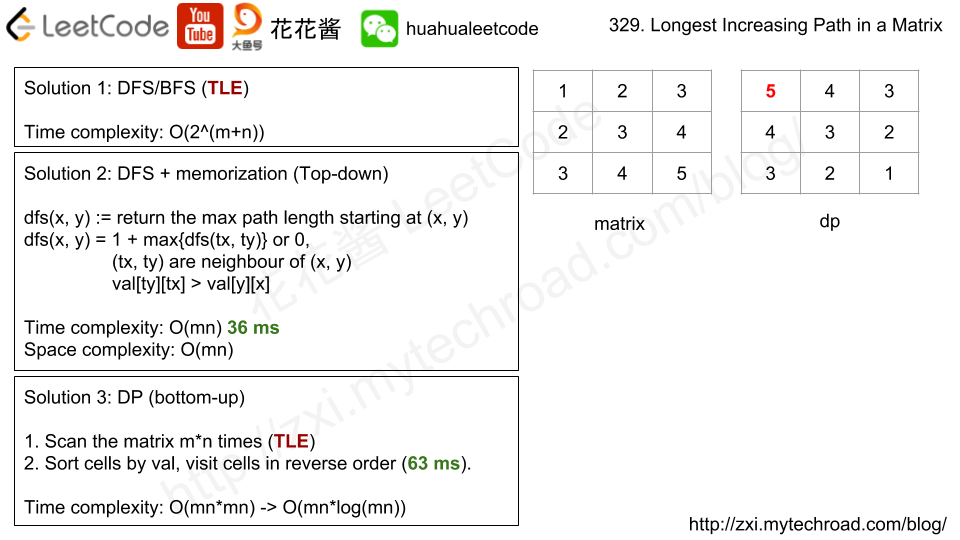Problem
题目大意:判断一个数组中是否存在长度为3的单调递增子序列。
Formally the function should:
Return true if there exists i, j, k
such that arr[i] < arr[j] < arr[k] given 0 ≤ i < j < k ≤ n-1 else return false.
Your algorithm should run in O(n) time complexity and O(1) space complexity.
Examples:
Given [1, 2, 3, 4, 5],
return true.
Given [5, 4, 3, 2, 1],
return false.
Credits:
Special thanks to @DjangoUnchained for adding this problem and creating all test cases.
Solution: Greedy
Time complexity: O(n)
Space complexity: O(1)
C++
|
1 2 3 4 5 6 7 8 9 10 11 12 13 14 15 16 17 18 |
// Author: Huahua // Running time: 7 ms class Solution { public: bool increasingTriplet(vector<int>& nums) { int min1 = INT_MAX; int min2 = INT_MAX; for (int num : nums) { if (num > min2) return true; else if (num < min1) { min1 = num; } else if (num > min1 && num < min2) { min2 = num; } } return false; } }; |
